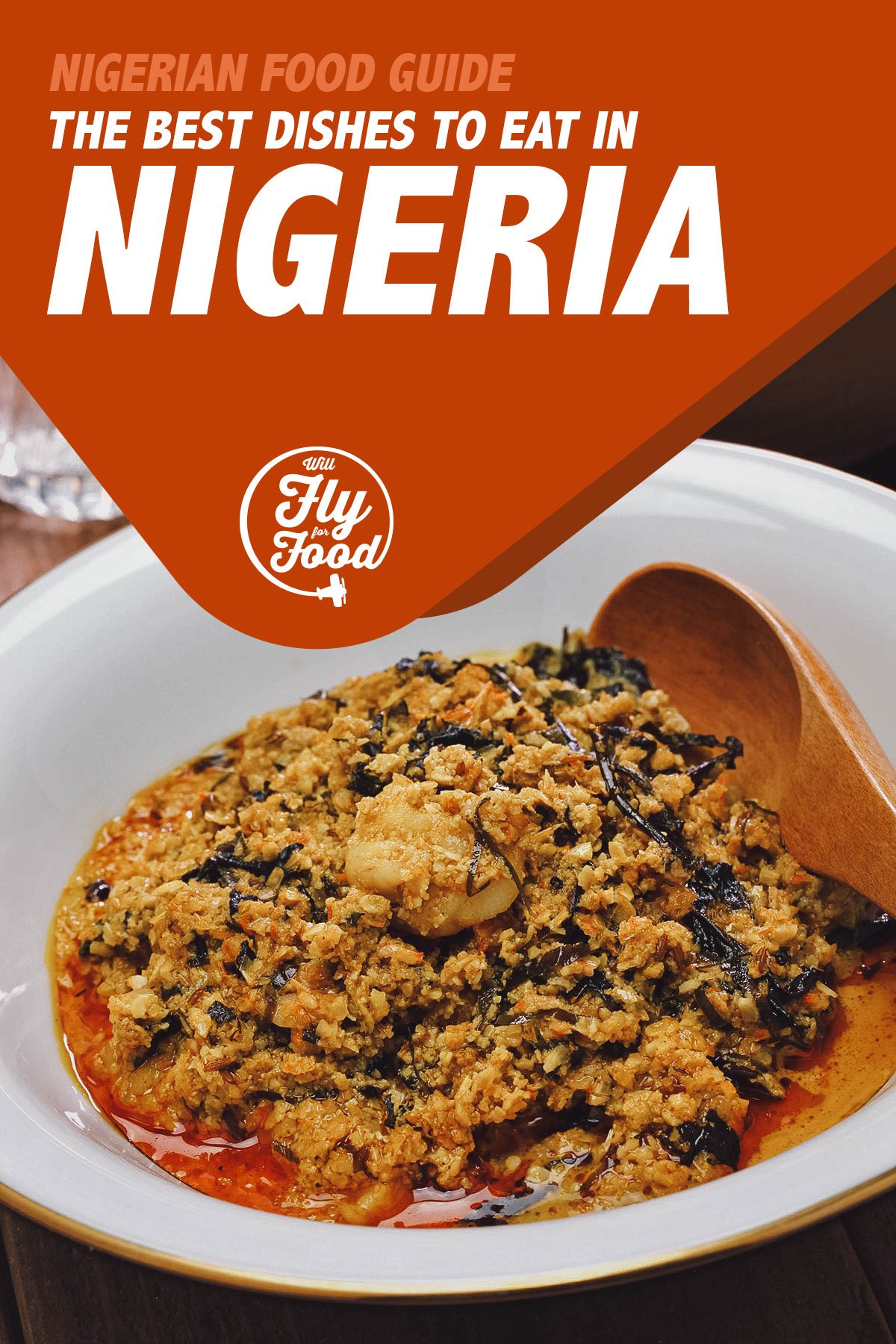Some of ayamase information on this website may have changed due to current travel restrictions. By continuing to read this article, you agree to verify any information and check with the proper authorities for the latest travel guidelines. You can refer to our terms of use for more information. EDITOR’S NOTE: This article was verified by Temitope Adeleke, a writer and food enthusiast based in Lagos, Nigeria.
Nigerian food, like many cuisines in West Africa, is known for being spicy and aromatic. Unfortunately, Nigerian food isn’t as well-known globally as other cuisines but thanks to the Nigerian diaspora, that may be changing. Nigerian recipe bloggers, many of whom have moved to different parts of the world, continue to champion Nigerian cuisine and help bring it into the global consciousness. Go through their comments sections and you’ll find no shortage of foreigners happy to try Nigerian dishes that were previously unknown to them!
Thanks to the internet, Nigerian cuisine is becoming more internationally well-known. More and more people are becoming curious about Nigerian food. If you’re one of those people, then this list of 25 must-try Nigerian dishes will whet your appetite even more. No time to read this Nigerian food guide now? Click on the save button and pin it for later!
Nigerian food represents the cuisines of the more than 250 ethnic groups that comprise Nigeria. It shares many similarities with the cuisines of its West African and Central African neighbors like Ghana, Benin, and Cameroon. Starchy foods like yam, cassava, plantains, rice, and beans figure prominently in the Nigerian diet. They’re often consumed with a wide array of hearty soups and stews made with different types of meat and vegetables. Nigerians are fond of vegetable stews and typically consume it several times a week. Nigerian cuisine practices snout-to-tail dining so very little of the animal goes to waste. Popular meats include beef, goat, lamb, chicken, and turkey while some of the most widely consumed vegetables are Lagos spinach, African spinach, water leaves, pumpkin leaves, and jute leaves.
Go through the ingredient list of many Nigerian recipes and you’ll find that ground African crayfish, dry ground pepper, and Maggi cubes are common seasonings. Palm and groundnut oil are also widely used. Click on a link to jump to any section of the guide. Traditionally, fufu refers to a staple Nigerian food made with cassava. However, the definition has expanded over the years to include other staple foods made from similarly starchy ingredients like yam, plantains, maize, wheat, rice, and semo. To make fufu, boiled cassava is peeled and then cut into small cubes before pounding. Traditionally, a large wooden mortar and pestle is used.

The cassava is pounded into a smooth and sticky mixture before being shaped into balls and served. It’s popular throughout western and central Africa and is typically eaten with different types of soups and stews. Swallow foods are starchy doughy dishes that are soft and pliable enough to swallow without chewing. To eat, a small portion is torn off and used as a scoop for soups and stews. Like many staple foods, it has a mild taste, similar to potatoes. Eba Eba is a popular Nigerian swallow food made with dried and fried cassava flour called garri.
It’s eaten like fufu and often served alongside many Nigerian soups and stews. To prepare, cassava tubers are peeled and crushed into a mash before being pressed, dried, and fried to produce a dry granular flour called garri. The garri is then mixed with boiling water to form a smooth stiff dough that’s shaped into balls and consumed. Eba can be either off-white or yellowish in color. Yellow eba is made with garri that’s been fried in palm oil. Tuwo Shinkafa Tuwo Shinkafa is a type of Nigerian swallow food associated with the Hausa people of northern Nigeria.
It’s traditionally made with short-grain rice but it can be made with rice flour as well. To prepare, the rice is boiled until it absorbs the water and becomes soft and sticky. It’s then mashed into a soft dough, shaped into the container that it’s introduced to, and formed into balls before being served as an accompaniment to Nigerian soups like miyan kuka and miyan kardashi. Jollof Rice Jollof rice is a one-pot rice dish that’s popular in many West African countries like Nigeria, Ghana, Sierra Leone, Senegal, Togo, and Gambia. It’s made with rice, tomatoes, tomato paste, onions, pimento peppers, scotch bonnet peppers, salt, and other spices.
Jollof rice is one of the most widely consumed dishes in West Africa. It’s regarded as a national dish in Nigeria and often served with some type of meat like chicken, turkey, beef, or fish. Many variations of jollof rice exist in West Africa with two of the most well-known being the Nigerian and Ghanian versions. The two versions are fairly similar with the one main difference being that Nigerian jollof rice is made with long-grain rice while the Ghanian version is made with more aromatic basmati. Egusi Soup Egusi soup with fufu is considered by many to be a Nigerian national dish.